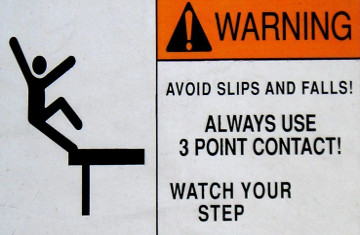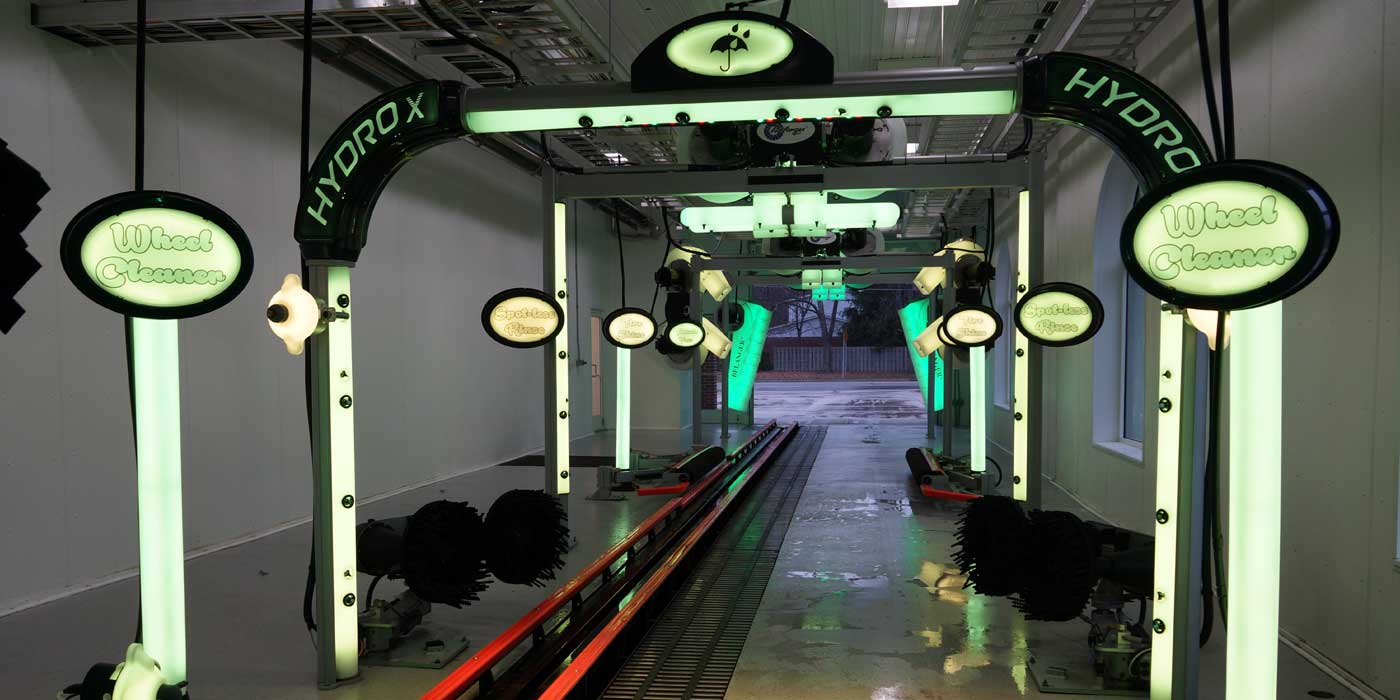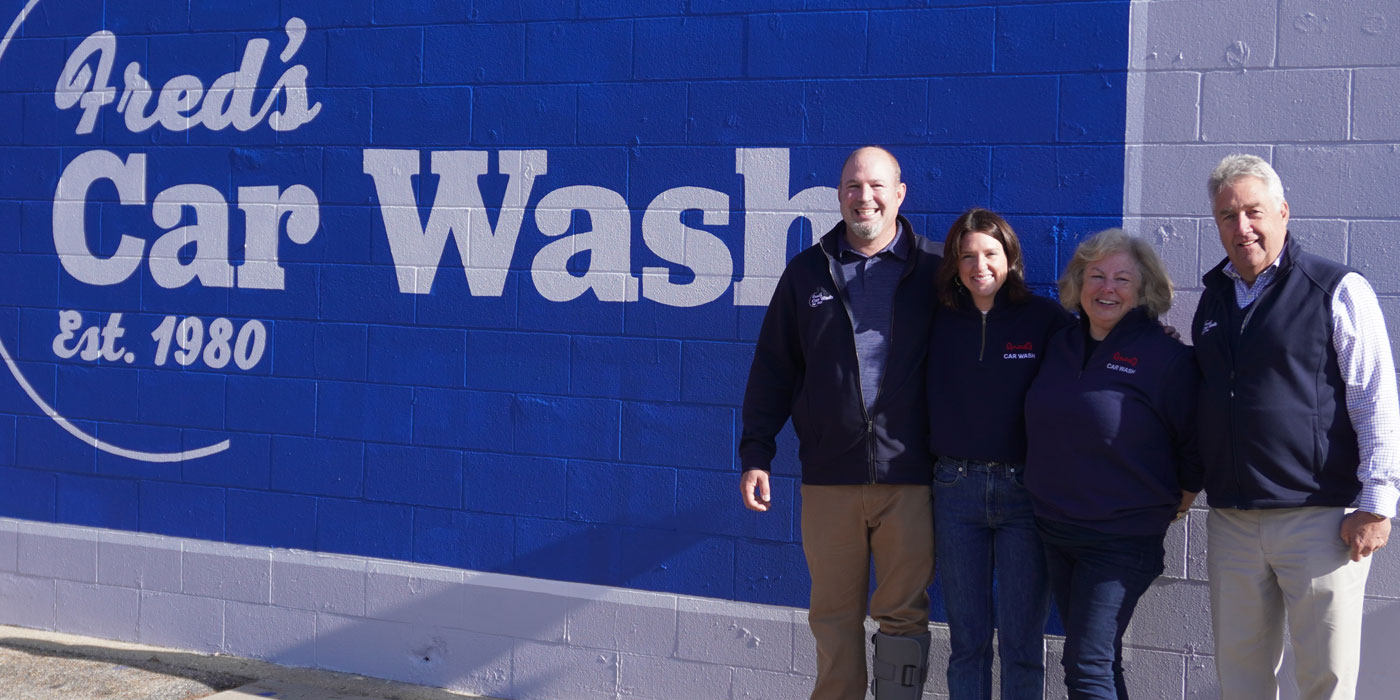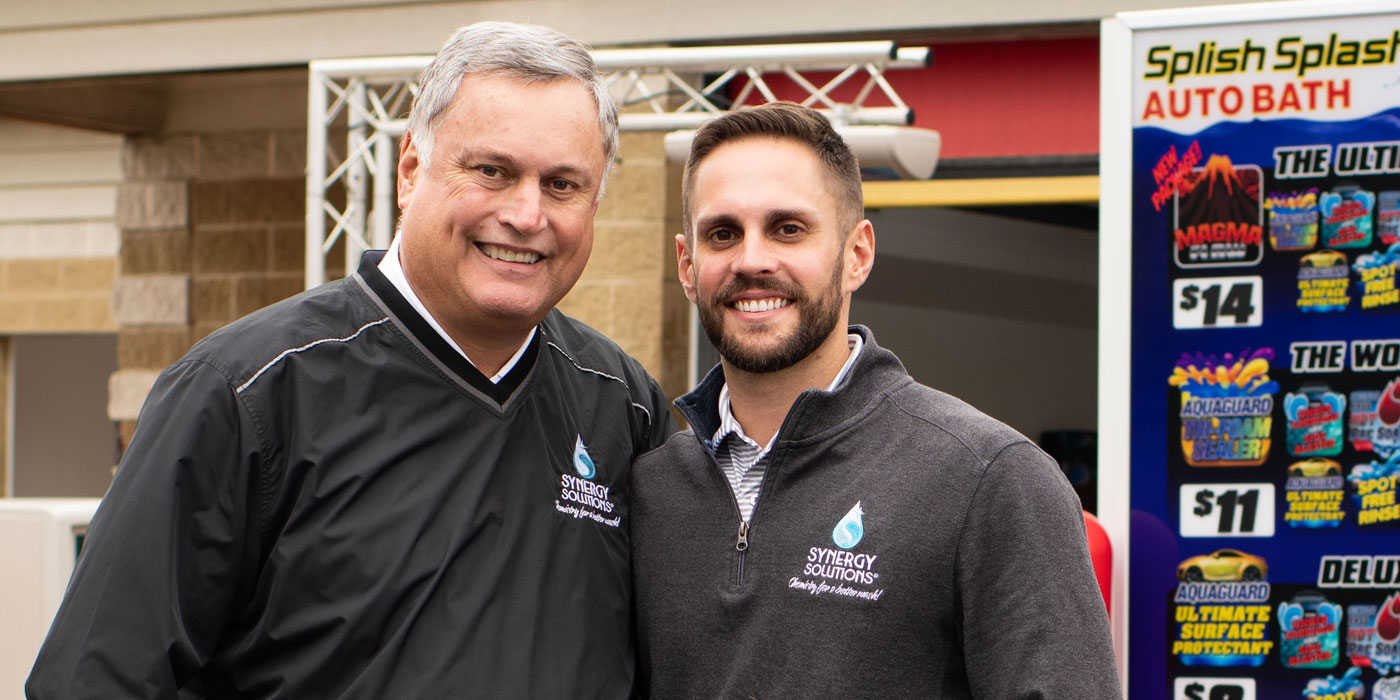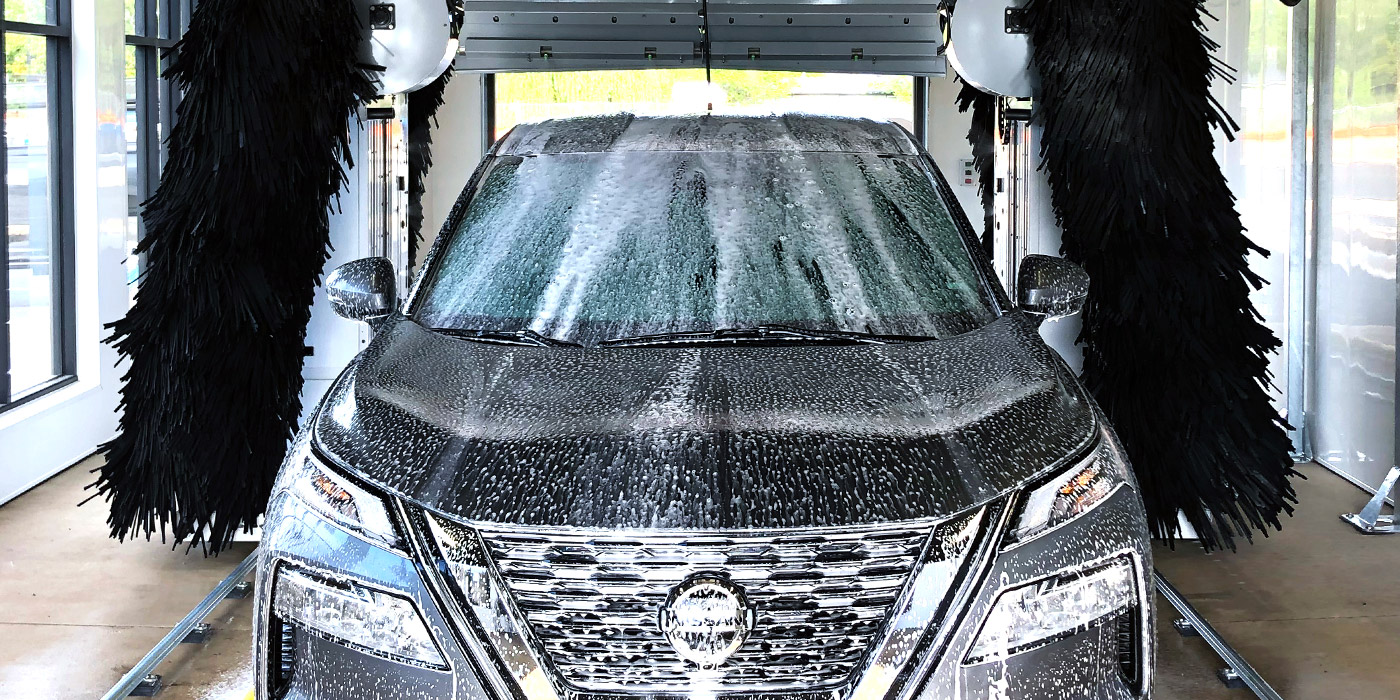According to OSHA.gov, the top 10 most frequently cited standards from October 2011 through September 2012 were:
- Fall protection;
- Hazard communication;
- Scaffolding;
- Respiratory protection;
- Control of hazardous energy (lockout/tagout);
- Powered industrial trucks;
- Ladders;
- Electrical, wiring methods, components and equipment;
- Machines; and
- Electrical systems design.
Gina Houser, safety and health coordinator for Autobell Car Wash Inc. pointed out that car care companies across the country are frequently seeing citations from this list. Some of the most common carwash issues include hazard communication, lockout/tagout, electrical, personal protective equipment and even housekeeping.
Personal protection equipment: As far as specific problems in the carwash environment, Edwin G. Foulke Jr., co-chair of the Workplace Safety and Catastrophe Management Practice Group with Fisher & Phillips LLP, pointed out a few areas that OSHA inspectors are concentrating on today. “They seem to be focusing on the use of personal protective equipment (PPE) in carwashes and truck washes,” he said. This has been particularly true in truck washes, and Foulke said his firm has dealt with this subject frequently.
OSHA is looking at the use of PPE mostly with respect to safety glasses and other safety equipment. Here, OSHA claims that the cleaning chemicals used are corrosive, but Foulke disagreed with the agency’s assumption. While many of the chemicals are considered corrosive in the barrel, most washes are diluting one part chemical to 30 parts water. “Even if it’s an irritant, it’s clearly not a corrosive at this point,” Foulke stated.
Hazard assessments: Under the current PPE standards, OSHA has frequently found that many companies are not following through with certain on-site responsibilities. First, businesses are supposed to perform a hazard assessment at their site to determine safety hazards that might require PPE, Foulke noted. Based on this assessment, a business is supposed to create a written certification that shows they performed the assessment.
“So you don’t even have to have a written hazard assessment, but you’ve got to have a written certification that you did the hazard assessment,” Foulke explained. “And OSHA is finding between 60 and 70 percent of the employers in the country aren’t doing that.”
Once PPE hazards are found in a business, OSHA then requires a business to train employees using the agency’s PPE standard. Again, a business is responsible for a certification that shows each employee was specifically trained using the PPE standard. While most companies may use a general checklist, they may not have any of the required certifications on file.
Blood-borne pathogens: Another subject that OSHA has focused on and issued many citations for is blood-borne pathogens. This issue ties in with the PPE emphasis, and the number of blood-borne pathogens citations was high enough that it became a site-specific targeting issue for carwashes nationwide.
“If it’s blood or potentially contains blood and you’re cleaning it up, you have occupational exposure, so that kicks the blood-borne pathogens standard in,” Foulke said. “That means you’ve got to do training and you have to offer the hepatitis B vaccinations.”
In the car care industry, OSHA’s focus on blood-borne pathogens may be due to the recent unionization push in California. Foulke stated that, as far as he can tell, when the push began in California carwashes, the unions’ organization tactics included filing complaints with OSHA. The groups regularly turned in reports about employee blood-borne pathogen exposure that resulted from cleaning cars. The number of citations here increased, and the national focus on this issue was one result.
Teen workers: OSHA currently has a focus on teen workers as well, Houser added. According to OSHA.gov, in 2010, 328 young workers were killed on the job and 110,000 were injured. This has been an area that Autobell has paid attention to because they have youth workers at most of their locations.

